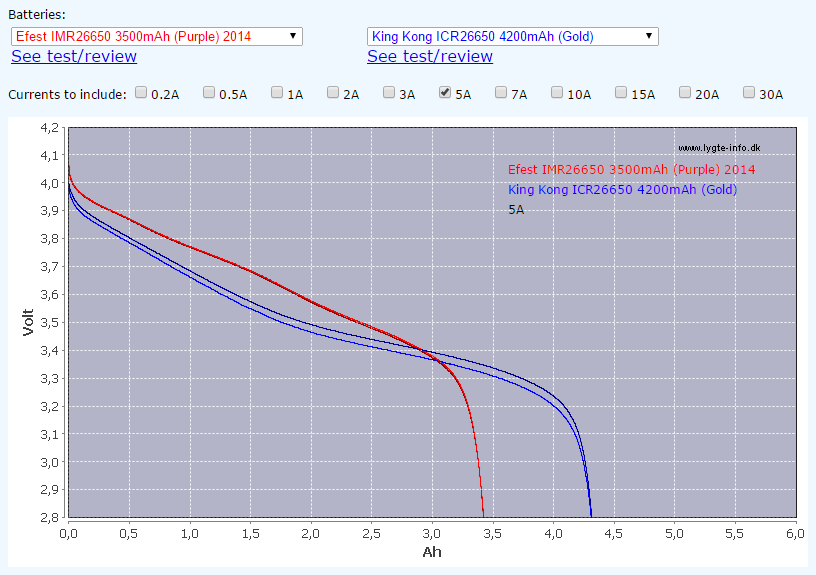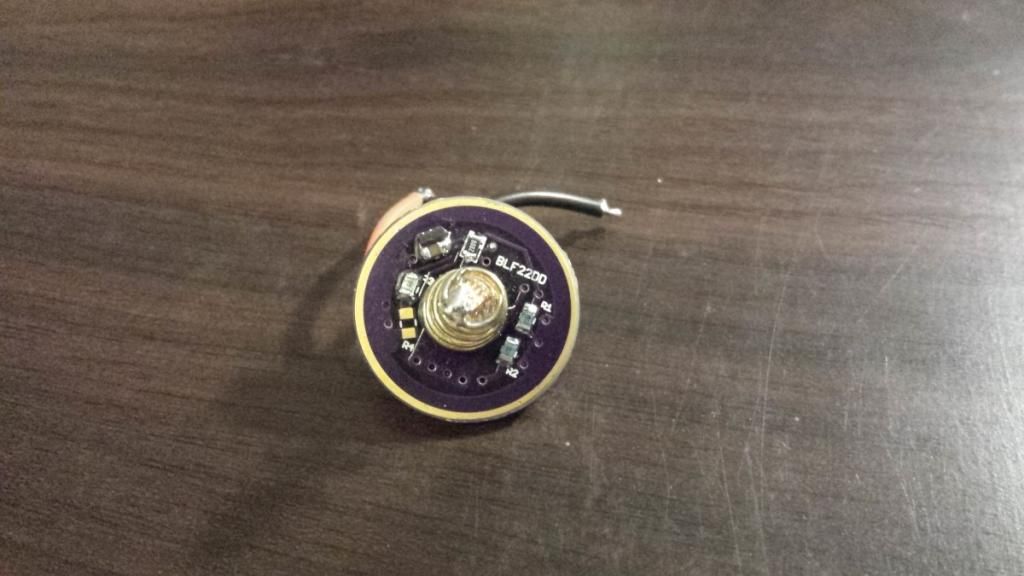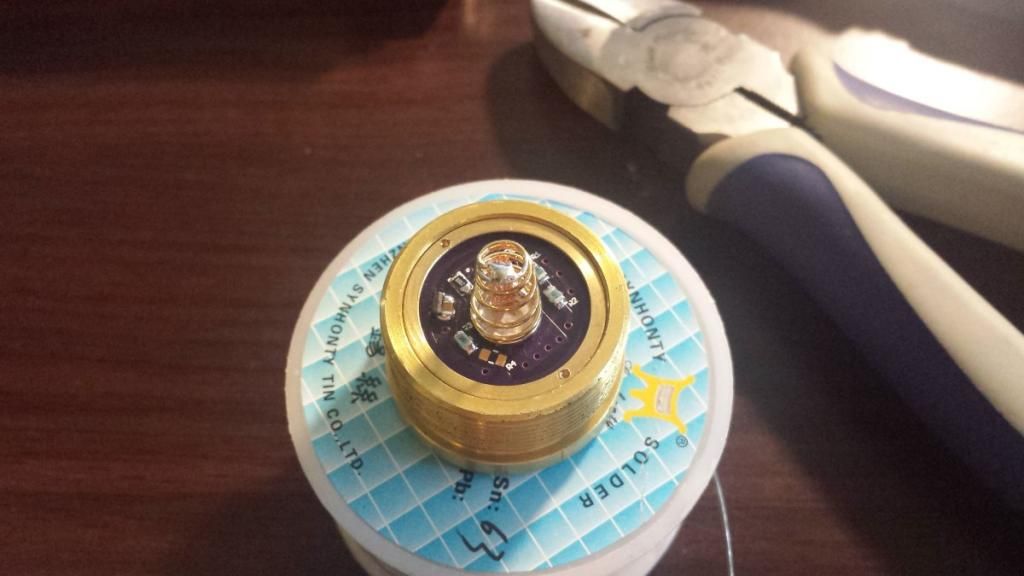thestug
0
- Joined
- Nov 6, 2014
- Messages
- 94
- Points
- 0
OK. I'll likely be taking your advice. This is what I'm currently planning on purchasing. However, I'm not entirely sure about the FET driver and if that's what I want to use. It sounds like it uses direct battery voltage and uses PWM to control the brightness settings? If so, wouldn't the LED be damaged on a 100% PWM as that's essentially just hooking up a LED straight to a battery? I'm just trying to wrap my brain around that as the only drivers that I'm somewhat familiar with are all current limited boost or buck converters.
Also, what is a turbo timer? It's also something I'm unfamiliar with. Appologies if that's a noobish question.

I think that's everything I'll need for a throwy flashlight, but am I missing any parts that might not be obvious to me? I know I'm missing a battery, I've yet to see if an 18mm*130mm battery exists or if I can explore the possibility of getting a battery spacer to utilize the extension tube. (I kind of like the tube)
Also, thanks to will manners for all the interesting reading material you posted earlier. I have a much better understanding of things after exploring those pages last night and most of today.
Also, what is a turbo timer? It's also something I'm unfamiliar with. Appologies if that's a noobish question.

I think that's everything I'll need for a throwy flashlight, but am I missing any parts that might not be obvious to me? I know I'm missing a battery, I've yet to see if an 18mm*130mm battery exists or if I can explore the possibility of getting a battery spacer to utilize the extension tube. (I kind of like the tube)
Also, thanks to will manners for all the interesting reading material you posted earlier. I have a much better understanding of things after exploring those pages last night and most of today.
Last edited:







